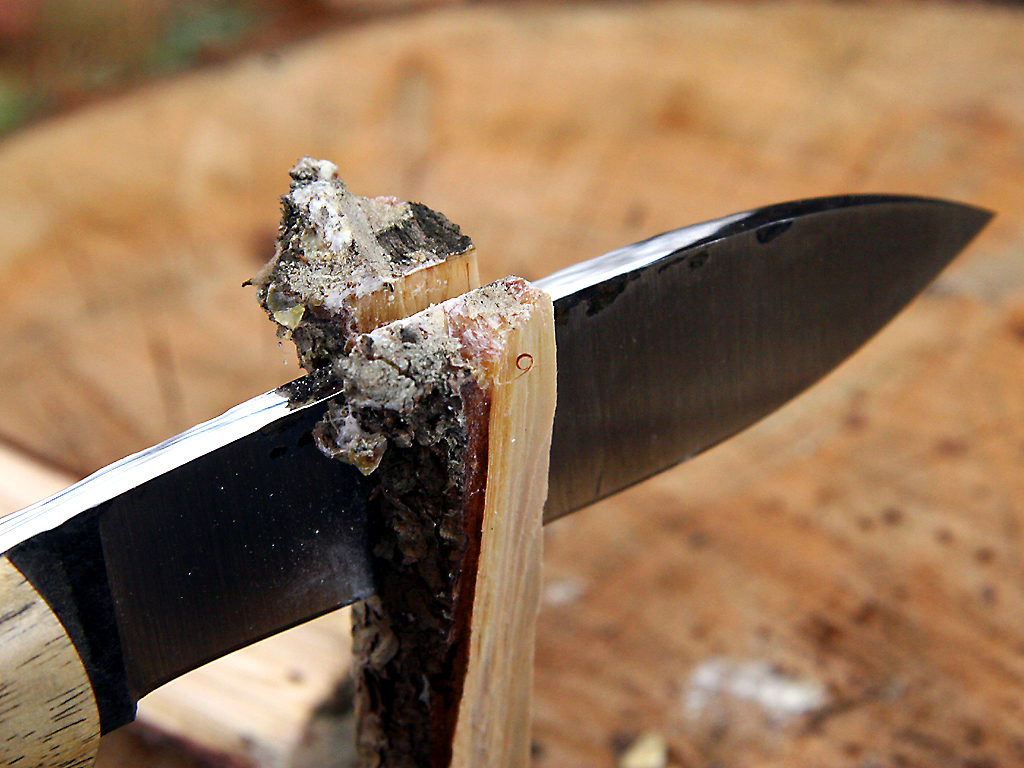FAQ: Can I use my knife for batoning?
13th Apr 2015
Batoning is a technique used for processing wood for fire, shelter and other bushcraft purposes. Generally speaking, it involves splitting relatively small-diameter pieces of wood (no larger than your wrist) by resting the edge of a fixed-blade knife on the end-grain and tapping the spine of the knife with a solid stick (the baton). The blade acts as a wedge, splitting the wood.
There are other applications of the technique, but that's what most people think of.

We get a surprising number of questions about batoning. That's surprising because in real life it's such a small part of the bushcrafting skillset.
Still, it seems batoning has become something of a fad. Here are our thoughts:
- Batoning (with a knife) is a skill, not something that a knife comes equipped to do.
- Batoning is a useful skill that everyone who travels in the outdoors should learn.
- Skills matter more than tools.
- Batoning -- or saying that you do, or posting a YouTube video of yourself doing it -- is "a thing."
- Batoning is rarely an ideal method for splitting wood.
- Anyone who says that they've batoned and hasn't had their knife get hopelessly bound-up probably isn't being completely honest.
- When batoning, it's wise to make (carve, that is) a few small wooden wedges and use them to keep #6 from happening.
- Anyone who's tried to free a stuck blade by abusively wrenching the handle side-to-side probably owns a bent or broken knife.
- Every tool has limits. That's not the tool's fault.
- The user is responsible for knowing a tool's limits and working within them.
In theory, of course, almost any knife can be batoned. Some will prove more capable (and more durable) than others.

